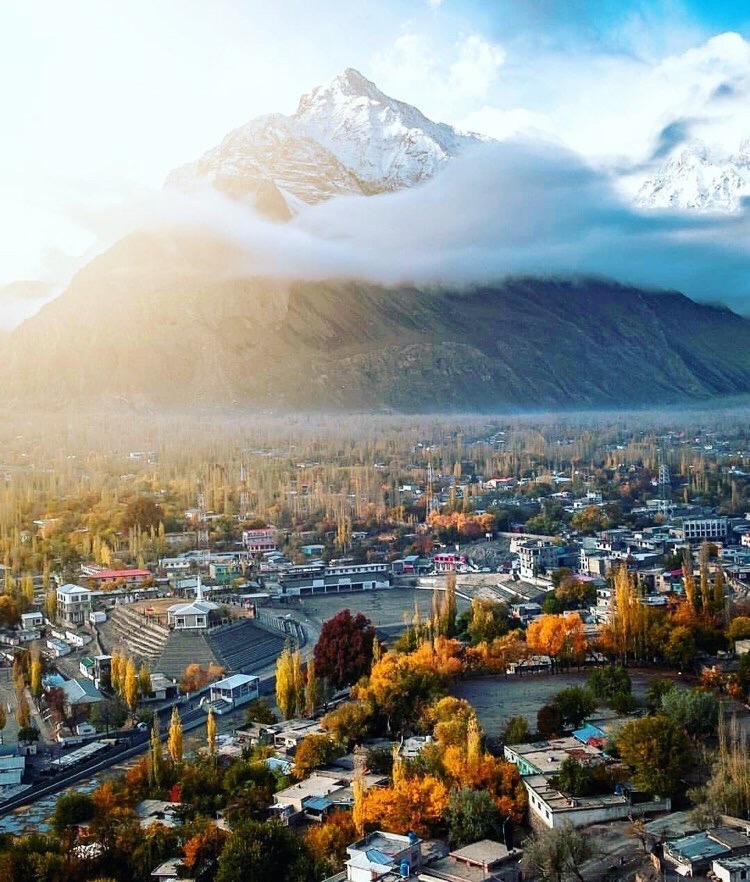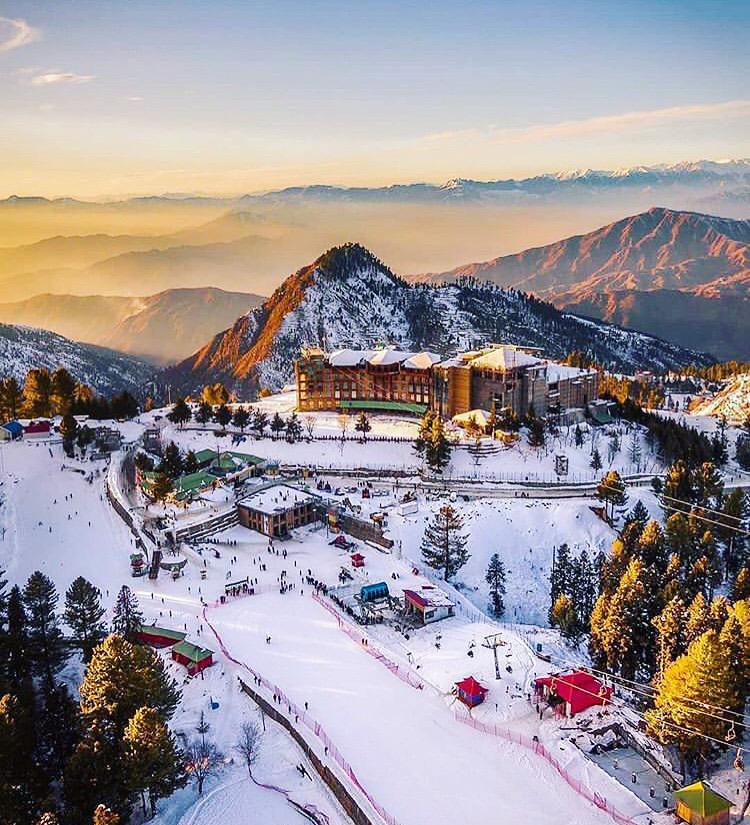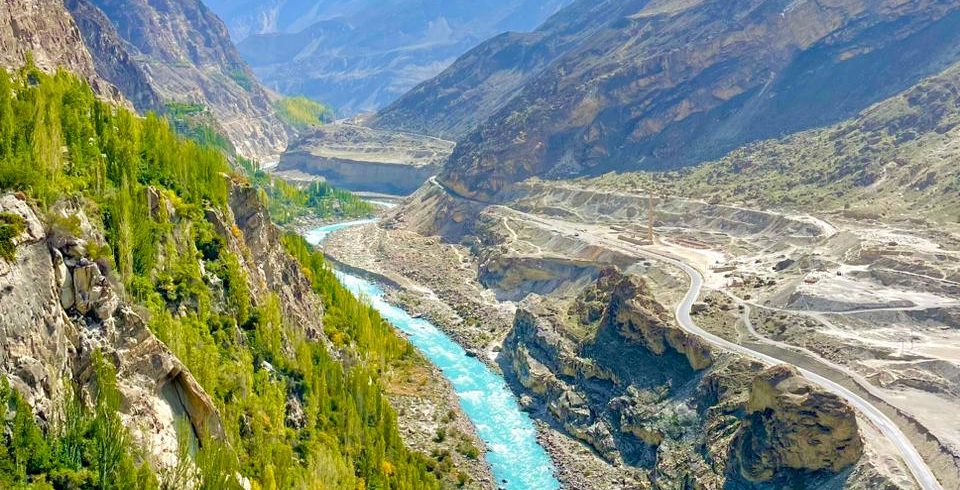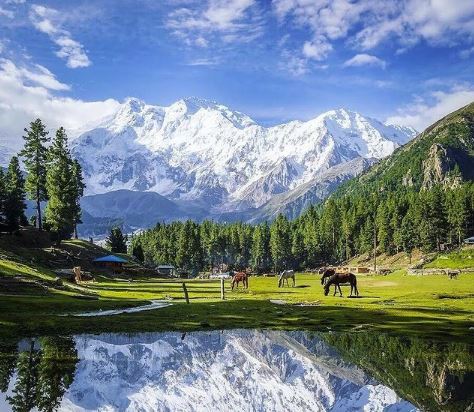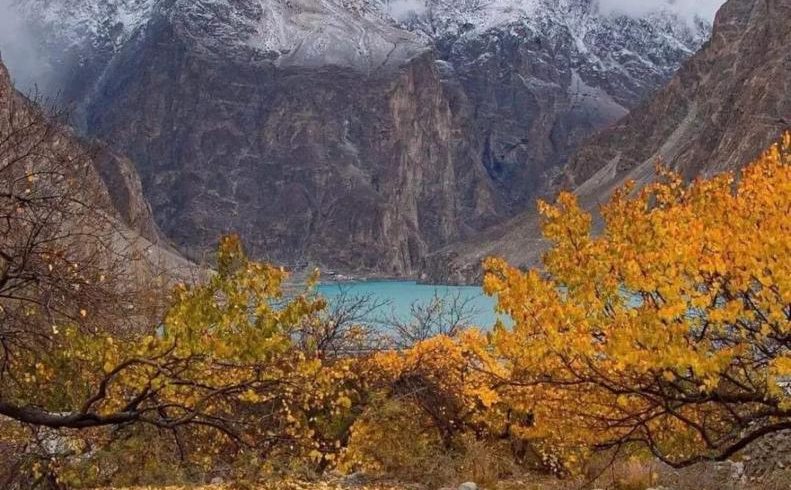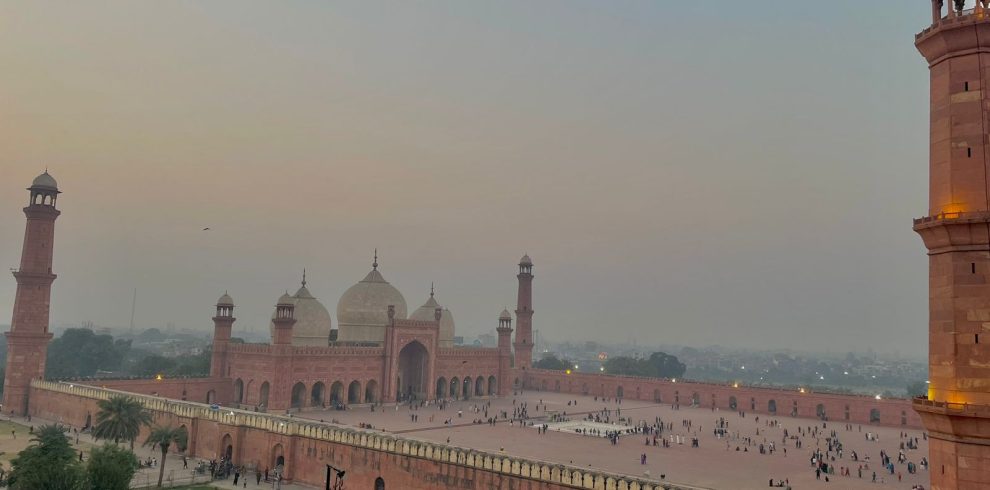Overview
Skardu Valley is a picturesque region located in the Gilgit-Baltistan territory of northern Pakistan, at an elevation of about 2,500 meters (8,200 ft) above sea level. It is situated at the confluence of the Indus and Shigar Rivers, and is surrounded by several high peaks, including K2, the second-highest mountain in the world.
Skardu Valley is known for its natural beauty, cultural richness, and outdoor activities. It is a popular destination for trekking, mountaineering, rock climbing, and camping. The valley is also home to several historic landmarks, including the Skardu Fort, which was built in the 16th century and overlooks the town.
The local population is mostly Muslim, and the region has a rich cultural heritage, with a blend of Balti, Tibetan, and Pakistani influences. Visitors can explore the local bazaars, taste traditional cuisine, and learn about the local way of life.
The region is also famous for its fruit orchards, especially apricot trees, which are a major source of income for the local population. Skardu Valley is accessible by road from the city of Gilgit, and also has a small airport for domestic flights. It is a must-visit destination for anyone interested in experiencing the natural beauty and cultural richness of northern Pakistan.
Here are some of the highlights of a Skardu tour:
Kharpocho Fort: This historic fort is located in the heart of Skardu and offers a glimpse into the region’s rich history and culture.
Satpara Lake: This picturesque lake is located near Skardu and offers stunning views of the surrounding mountains.
Shigar Valley: This beautiful valley is known for its unique blend of traditional and modern architecture, as well as its cultural heritage.
Khaplu Valley: This scenic valley is home to the Khaplu Fort, the Chaqchan Mosque, and other historical landmarks that are worth visiting.
Deosai National Park: This high-altitude plateau is home to a diverse range of flora and fauna, including the Himalayan brown bear and the Tibetan wolf.
Culture: Skardu is known for its unique culture, which can be experienced by visiting local markets, attending traditional festivals, and interacting with the friendly locals.


